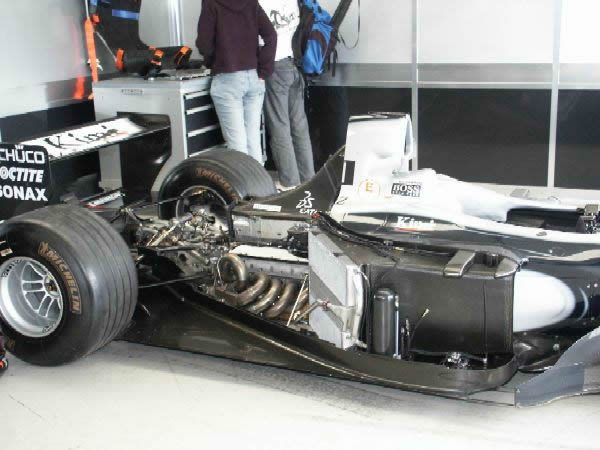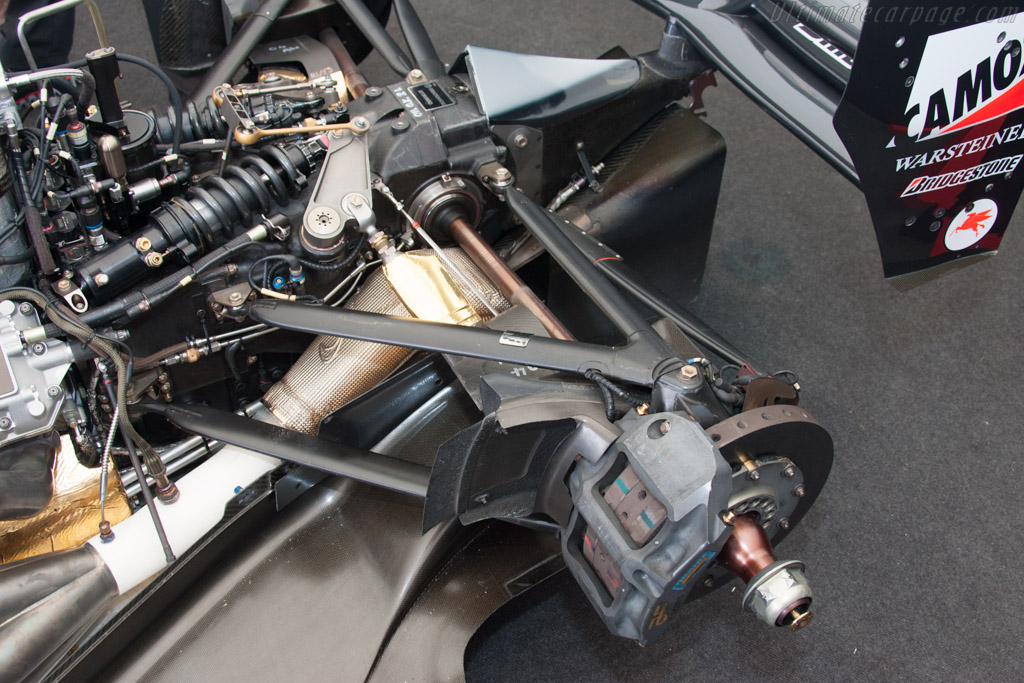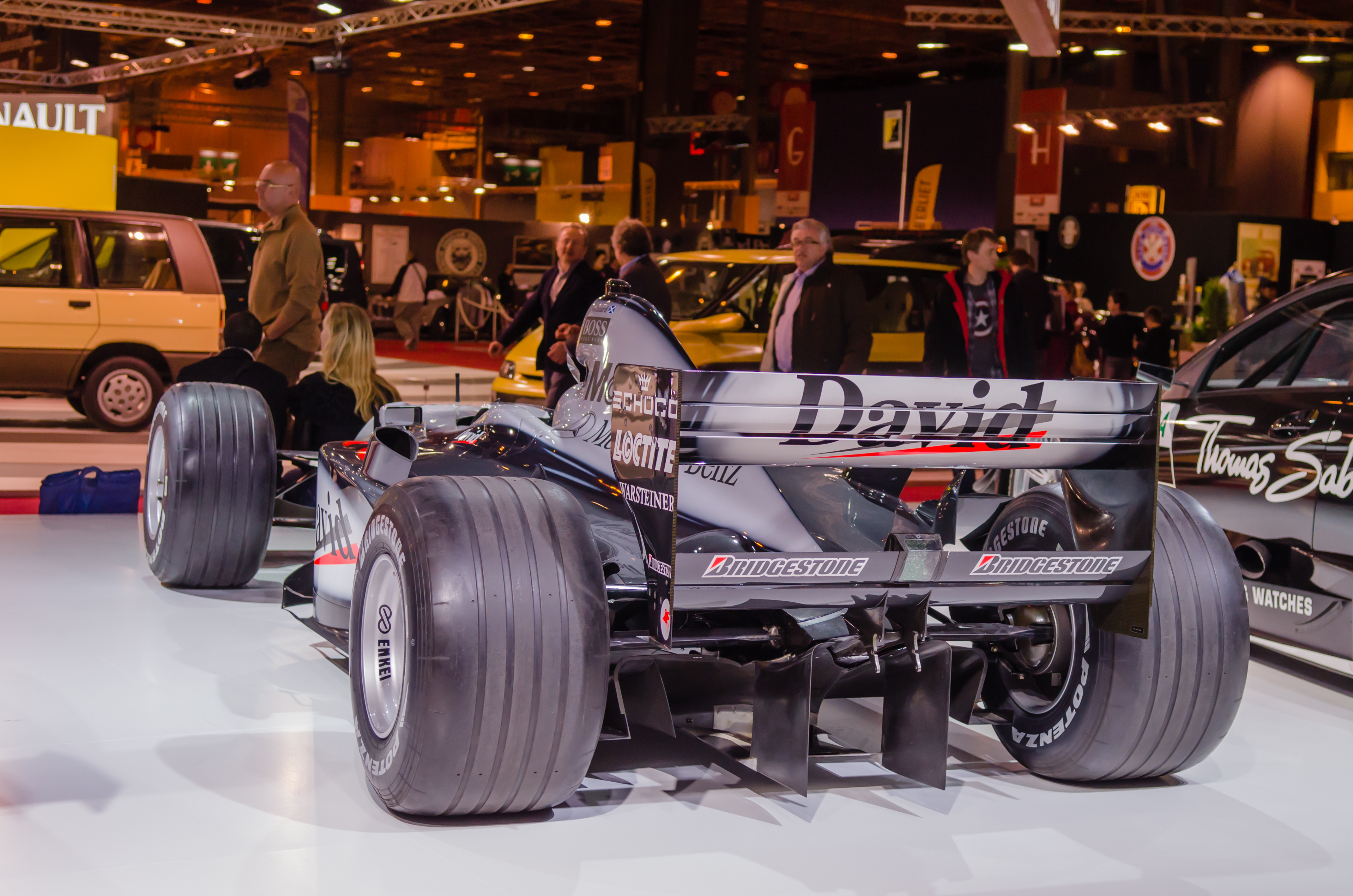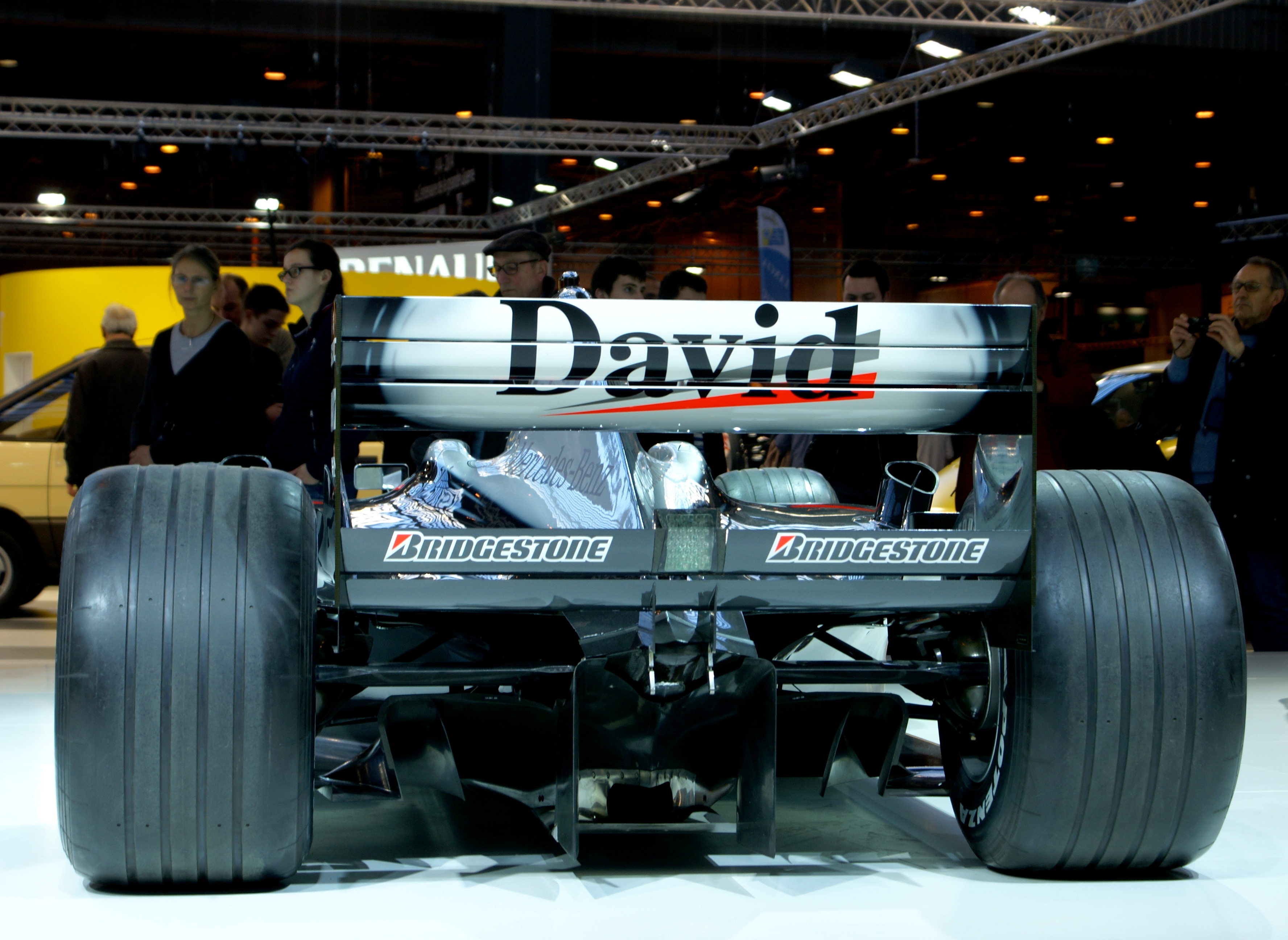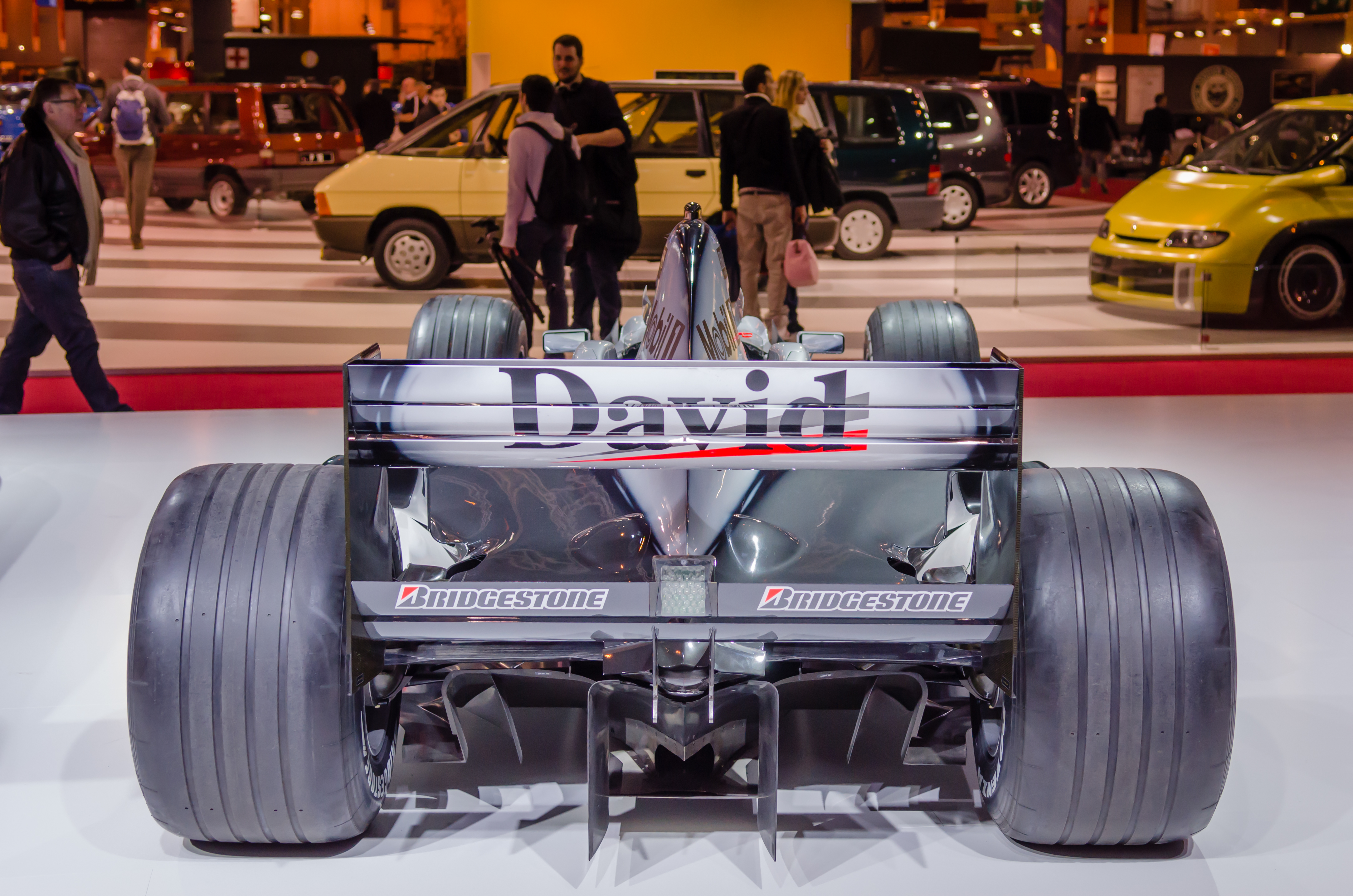jjn9128 wrote: ↑17 Jan 2018, 15:37
In the 90's the exhausts exited directly into the diffuser, just downstream of the kick with the purpose of 'energising' the air flow. The cars with this sort of diffuser required a very particular style to drive - to get rear downforce and stability they'd have to get hard on the throttle earlier in the corner than was previously normal.
Great post & thanks for that!
I'm told by a Williams mechanic from the time that the EBD was on the Fw17, but not the FW17b where the the exhaust went over the top of the diffuser. This was possibly because the drivers not liking how the engine "felt" and the EBD making the car nervous off throttle as you eluded to above. However in that great article posted above about the B195, it states that;
The blowing required some adaptation work on the part of the pilot. Michael Schumacher, still in our interview in 2010, noted: "the difference in aero support between the phases where I accelerated and where I released the pedal was very significant. We worked to reduce this effect. Renault brought several solutions: "butterflies always open, ignition delayed ... We focused mainly on partial loads. Michael was excellent at keeping an identical throttle position throughout a turn. I used his skills to show Olivier Panis what to do. "
So I suspect that is the difference between whether teams used it beyond 1995 or not was the skill of the drivers, not any reg changes. I know there were changes to the diffuser at Barcelona 94 and Hockenheim, but Autosport seems to suggest that exhaust outlets positions were not changed during these raft of changes. But the diffusers were cut to reduce their effectiveness. So I can only assume the new regs raising of the cars' ride height in 1995 led to EBD being less effective. Thereby meaning that driver skill on making the EBD work for them was even more of the defining factor on whether it was kept on the car or not.


